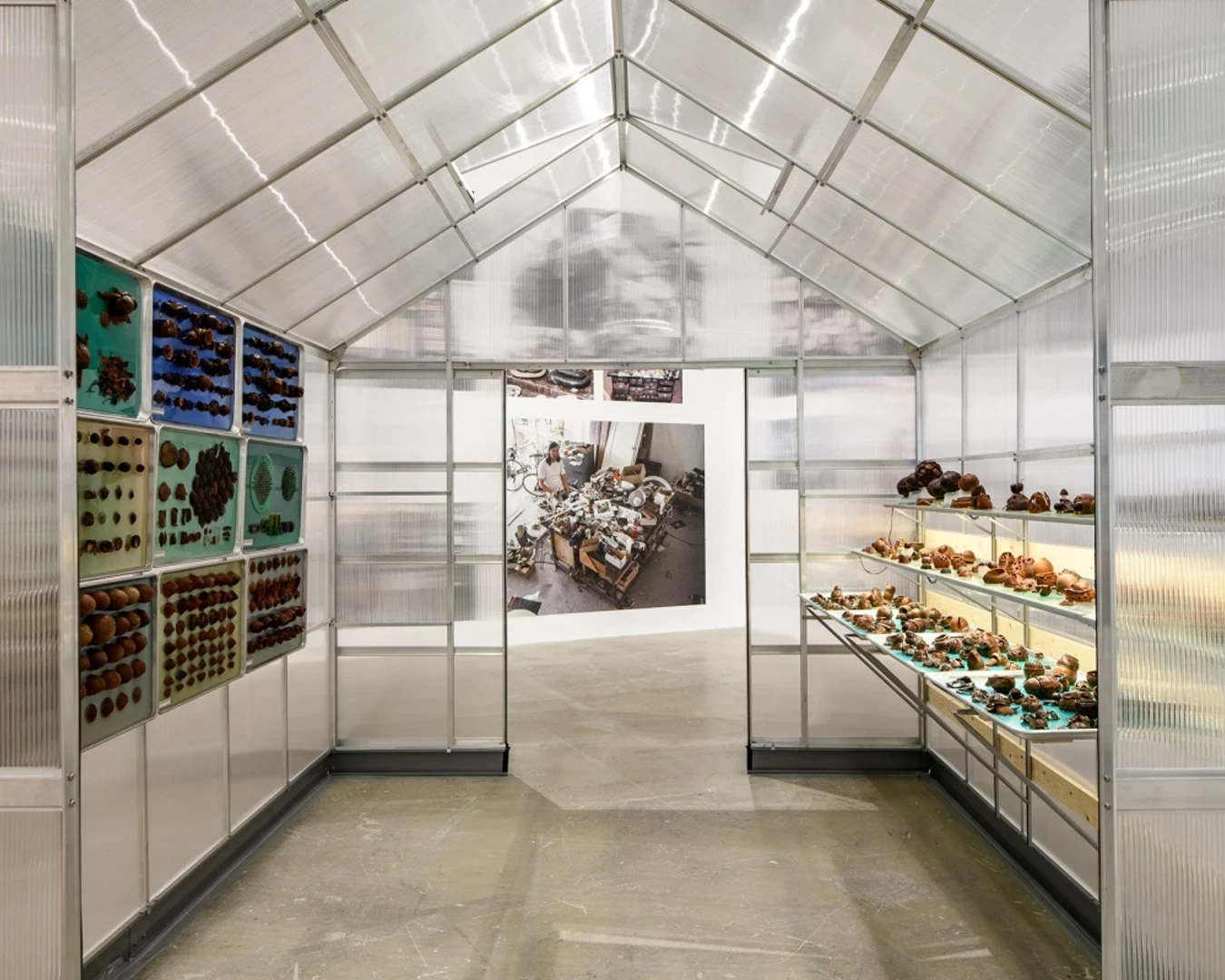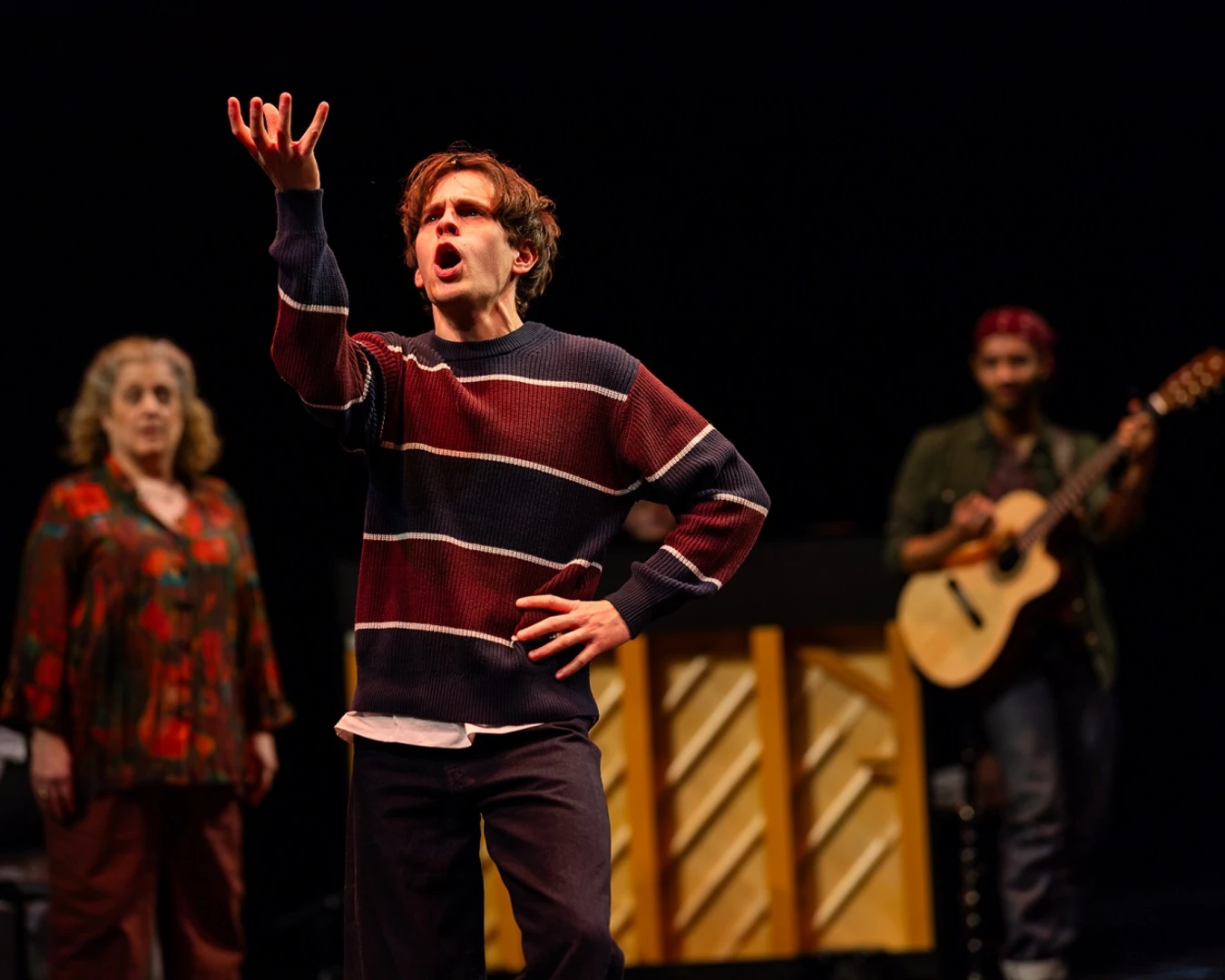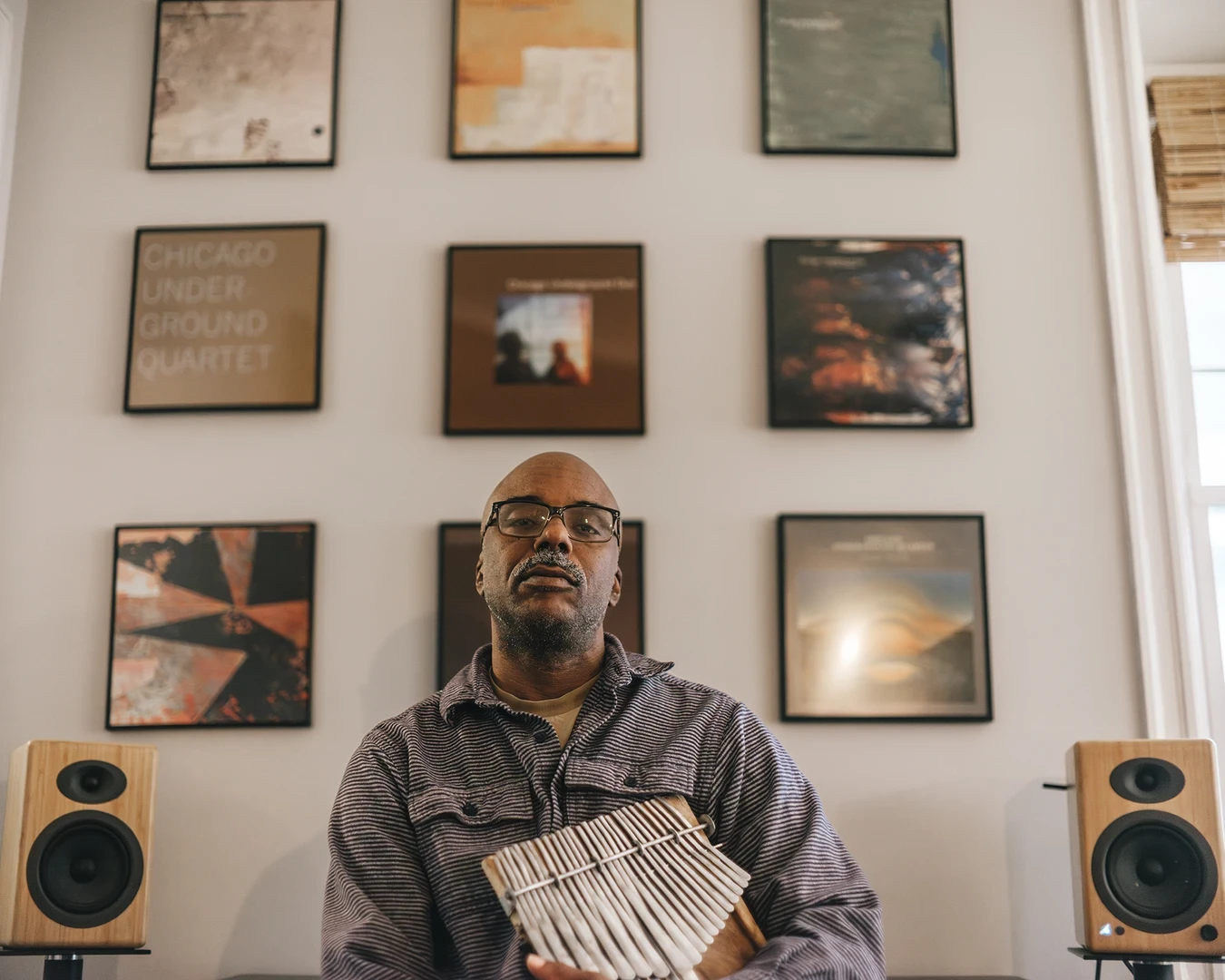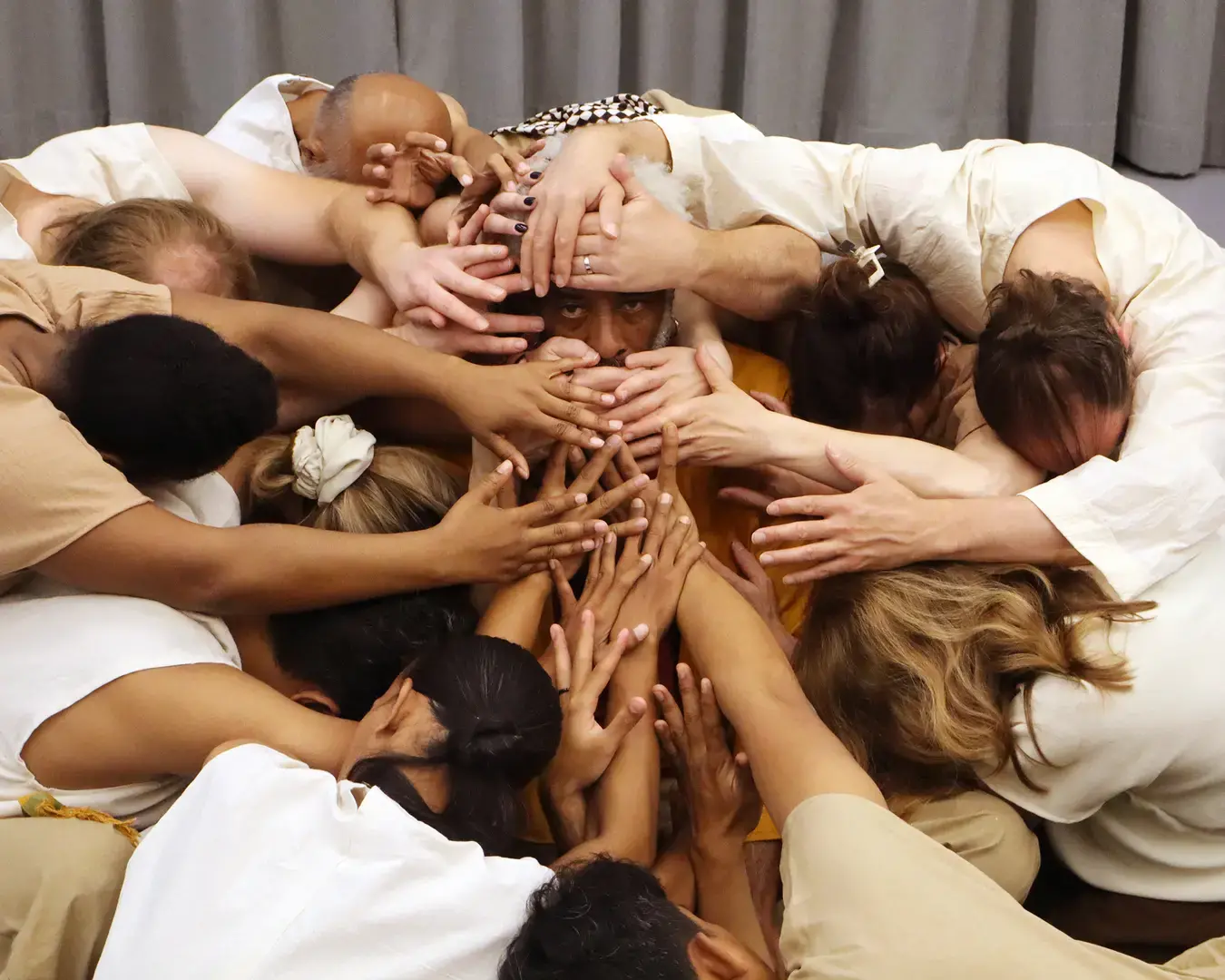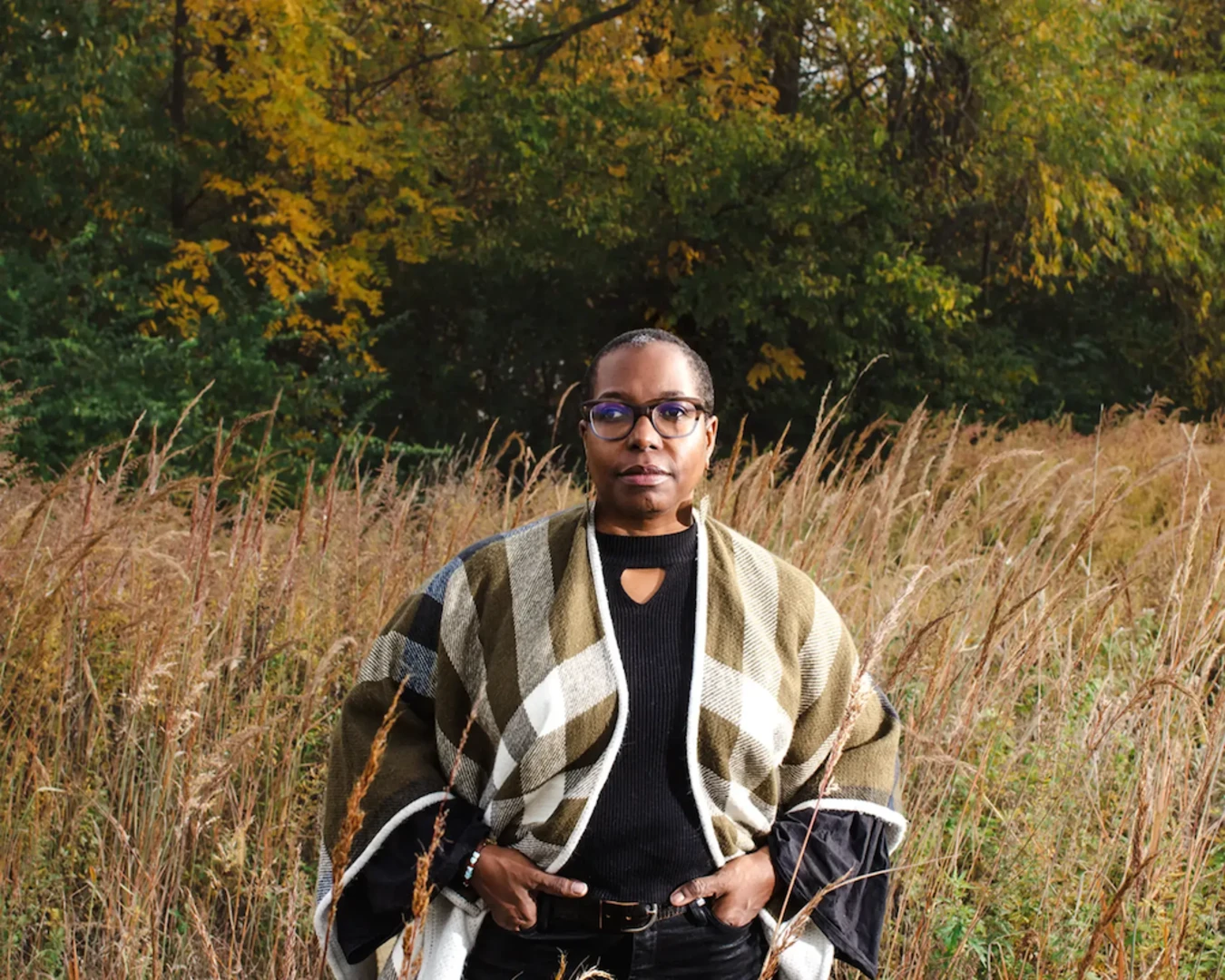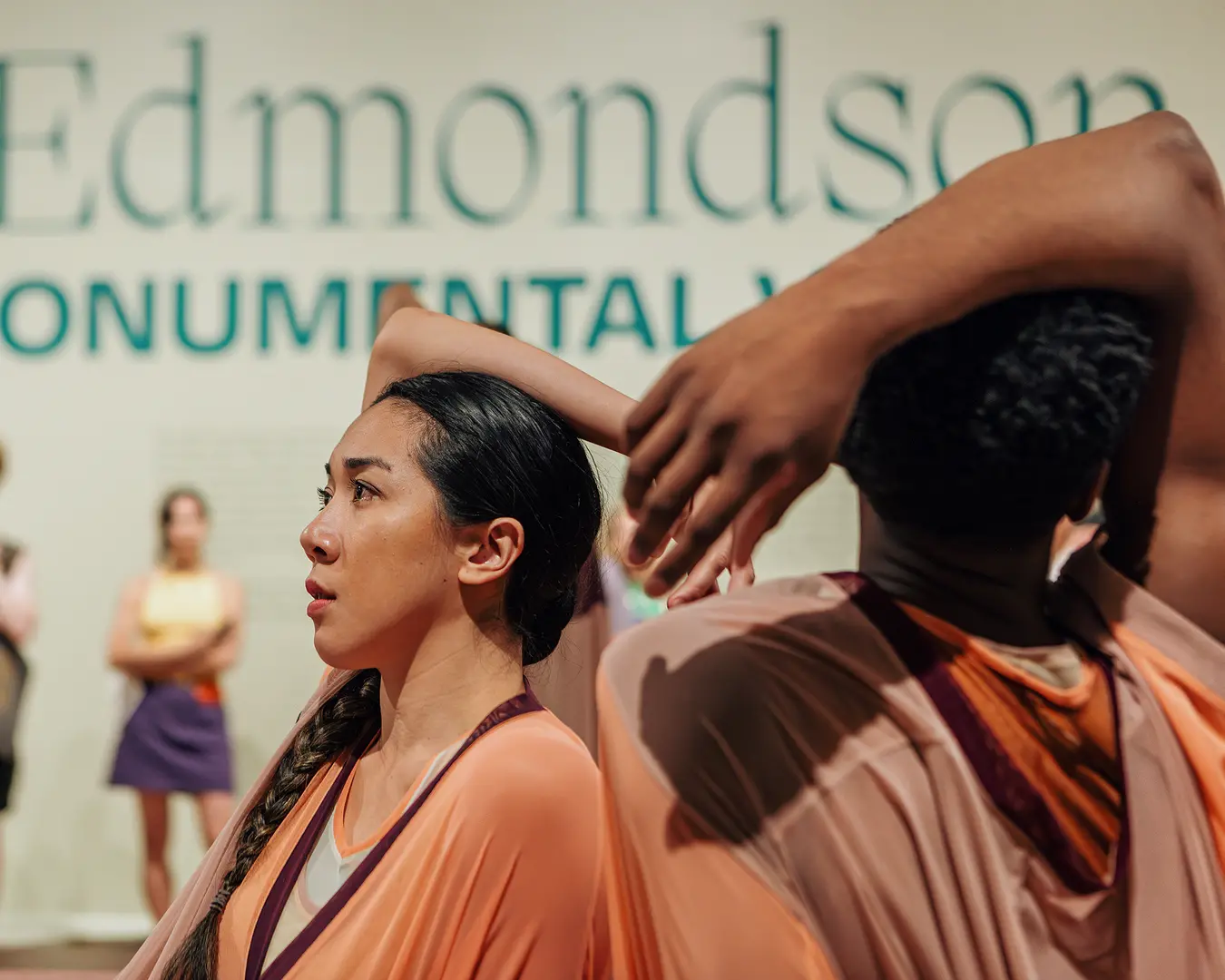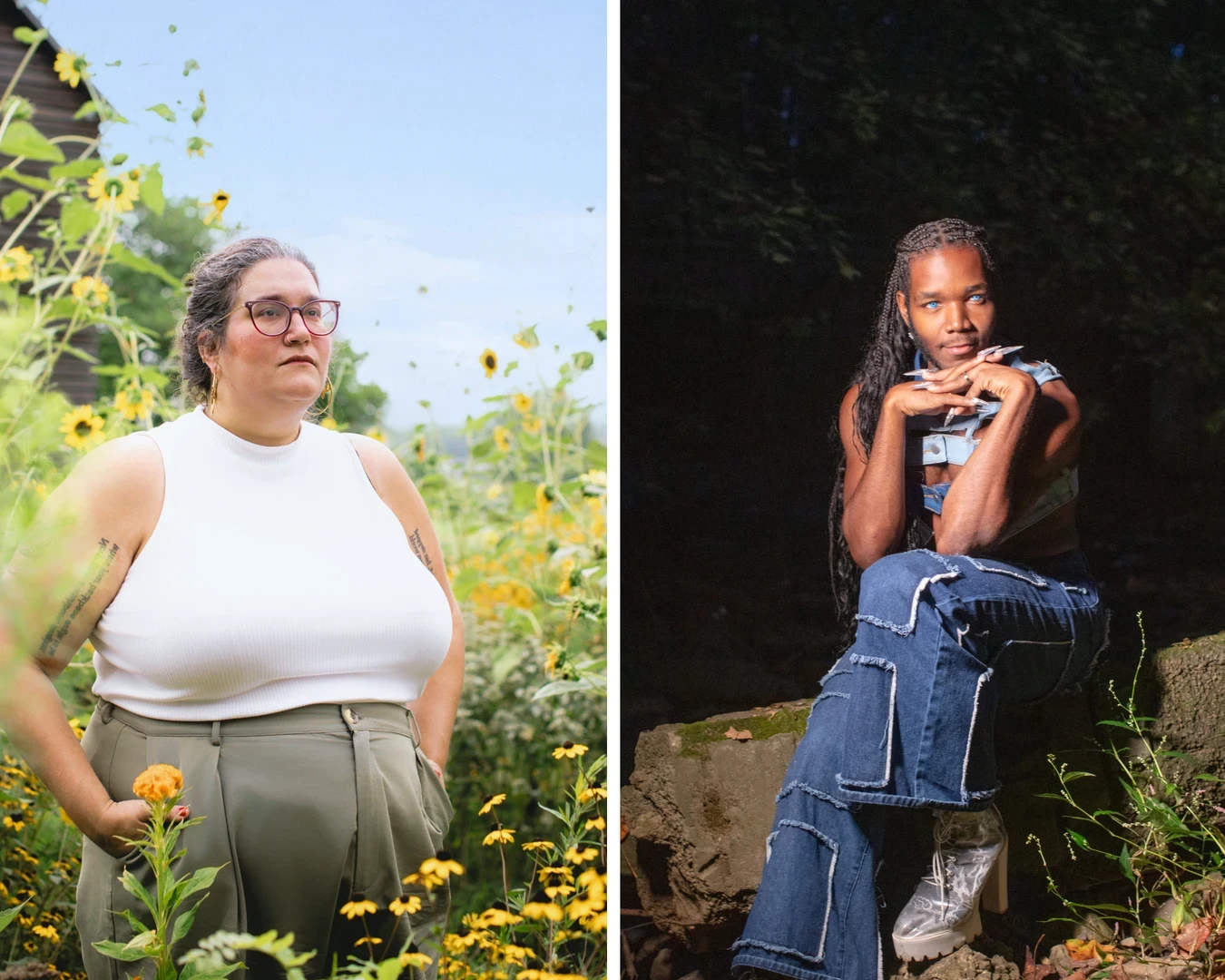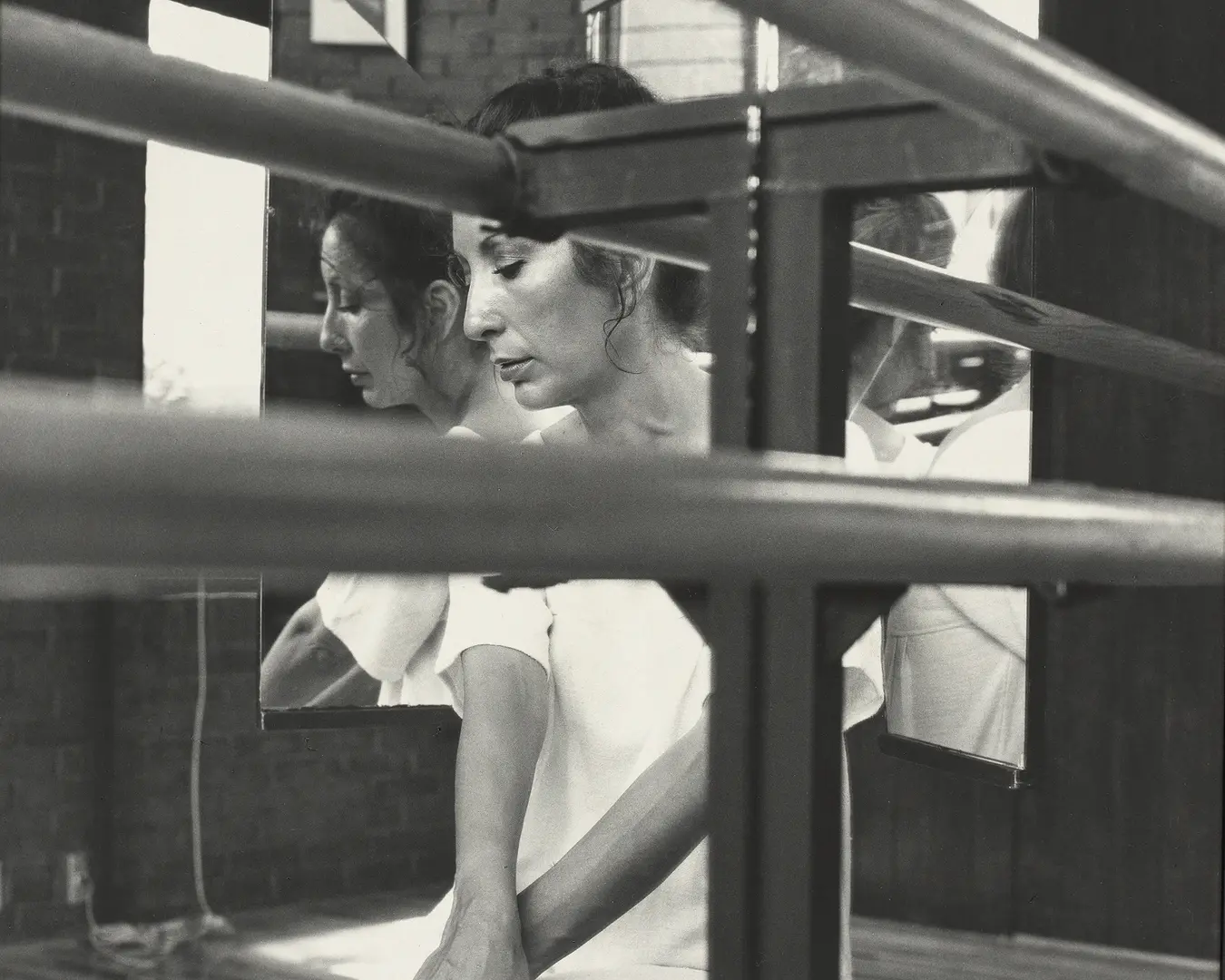Transcript permalink
I would define aesthetics as an ethical form of beauty, as an ethical beauty. The notion of beauty currently being very controversial because the beautiful has been contaminated by the history of power, as we know it. But the aesthetic s-- to me-- the employment of beauty in an ethical way that does not sacrifice anyone or anything in the portrayal of the beautiful.
And the portrayal of the beautiful has also been decolonized so that it is not some notion of race-- the purity of race-- or some notion of classicism at the expense of what is not defined by classicism. So it is simply, seeking the beautiful in an ethical way, and understanding that humanity's always trying to transcend loss, which is to say pain, suffering, death. And beauty is one of the ways in which humanity seeks to transcend loss.
Permalink
